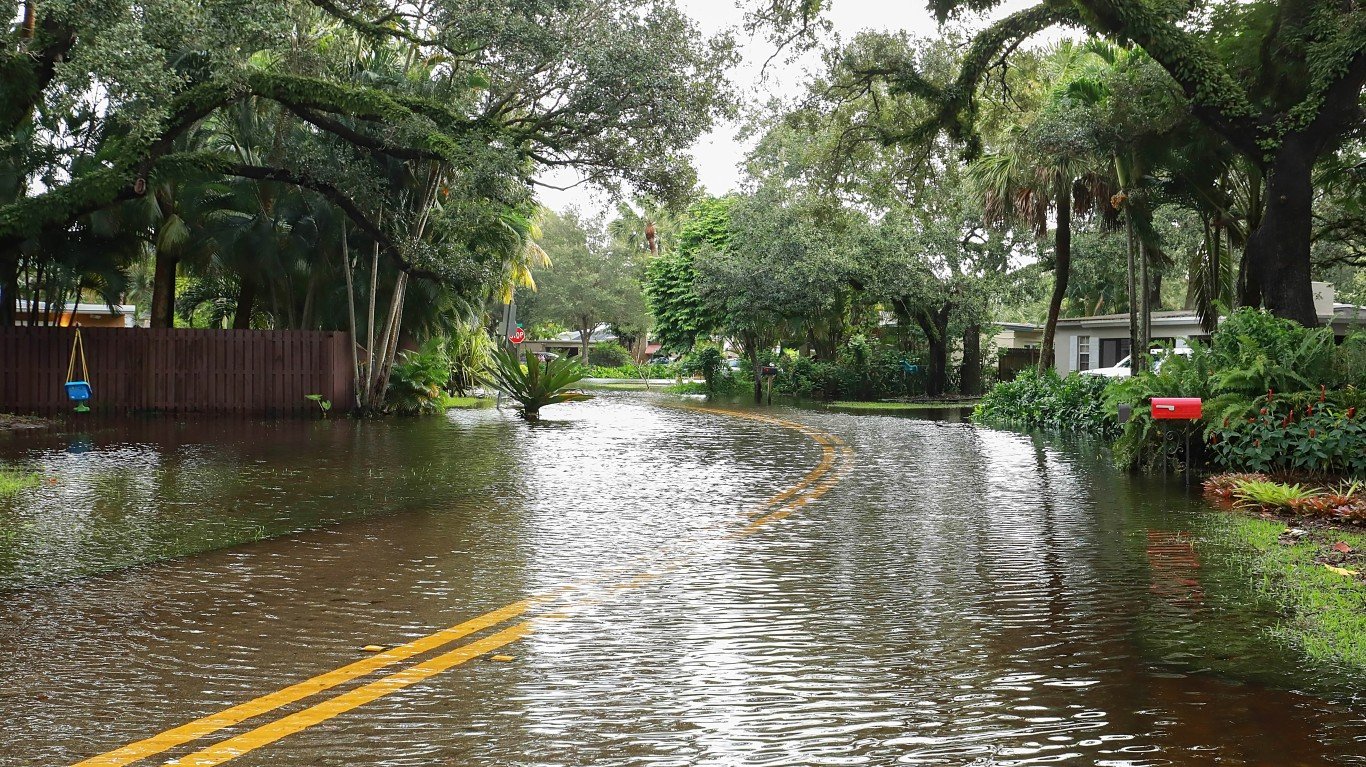Florida
Florida joined the United States as the 27th state on March 3, 1845, a little over nine months before Texas joined. With a current population of 21.5 million, Florida is the third-most populous state in the country. The state ranks in the lower third of the best states to live in based on key measures like its unemployment rate, poverty rate and average life expectancy at birth.
The state continues to attract new residents and ranks second among states based on population growth. Over the 10-year period to 2019, Florida’s population grew by 15.8%, more than double the national average of 6.6%.
The unemployment rate in 2018 was 3.9%, in line with the national rate of 3.9%. The percentage of residents living below the poverty line totaled 14.9%, higher than the national poverty rate of 13.1% and in the highest third of the states.
Crime in Florida
Florida’s violent crime rate of 384.9 incidents for every 100,000 residents is slightly higher than the national average of 380.6 per 100,000. In 2018, there were 1,107 murders in the state, more than in all but a handful of states.
The state’s incarceration rate of 582 adults per 100,000 residents 18 or older is close to in line with the national average. The most dangerous city in the state is Florida City, located at the southern end of the Miami-Dade metroplex. The city’s violent crime rate is a staggering 3,052.8 incidents per 100,000 people.
The Florida Economy
With a 2018 gross domestic product (GDP) of $1.0 trillion, the Florida economy is the fourth largest among the 50 states. Its largest industry is ambulatory health care, which employs more than 501,000 people statewide and generates about 5.1% of the state’s total GDP. Between 2013 and 2018, the GDP growth rate in the state’s ambulatory health care industry increased by 22.5%. The state’s overall GDP grew by a modest 2.4% year over year in the five-year period, about in the middle of the state rankings.
Florida has an underemployment rate (which accounts for unemployment and people who have taken part-time work out of necessity) of 7.2%. The state ranks in the middle third among the most difficult states in which to find full-time work.
Employment opportunities tend to go up with educational attainment. In Florida, less than a third (30.4%) of the state’s adults have a bachelor’s degree, below the national attainment rate of 32.6%. The high school diploma attainment rate for adults in the state is 83.6%, below the national rate of 88.3%.
Florida’s median household income of $55,462 is well below the national median of $63,179.
Thank you for reading! Have some feedback for us?
Contact the 24/7 Wall St. editorial team.












